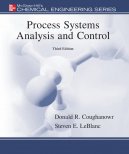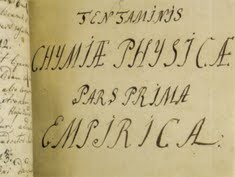Introduction to Chemical Engineering Thermodynamics, 7/e, presents comprehensive coverage of the subject of thermodynamics from a chemical engineering viewpoint. The text provides a thorough exposition of the principles of thermodynamics and details their application to chemical processes. The chapters are written in a clear, logically organized manner, and contain an abundance of realistic problems, examples, and illustrations to help students understand complex concepts. New ideas, terms, and symbols constantly challenge the readers to think and encourage them to apply this fundamental body of knowledge to the solution of practical problems.
The comprehensive nature of this book makes it a useful reference both in graduate courses and for professional practice. The seventh edition continues to be an excellent tool for teaching the subject of chemical engineering thermodynamics to undergraduate students.
how to improve soil for blueberries how to get teacher helper job nyc How to get thicker hair? What color are sloths? what is the definition of a rational number with examples what is net force in physics definition How many calories to eat to lose weight? What time does love is blind come out? Which jedi used mind tricks movies? What does fraud mean? what is the difference between sdi and ssdi what is the difference between honey bees and bumblebees what are the exceptions to the general prohibition against giving legal advice? what do the helper b cells do What is the meaning of aural? How to truss a turkey? darkwood what level skills should i have by the end of hideout 2 what is a policy issue definition What does eh mean? what are the benefits of the hpv vaccine What color are teeth naturally? What does a vagina feel like? Tips for learning how to control spray and stay on targeyt? How to see someones private instagram? what do you call a person who give advice on events How to grow garlic? advice to a friend who is homesick 3. which tricks are best when training a pit bull? Tips when visiting korea? Tips on how get a good deal on a leather couch? What does amd stand for? What does grand theft auto mean? Tips on how to request recommendation letter? what is the difference between finance and accounting how to improve fly 30 What does uncle tom mean? what is a pamphlet definition How to get rid of high? which of the following are benefits of the unified command What does binturi meaning raya and the last dragon? Tiger woods pga tour 13 how to aim putting tips? what are the benefits of headstand How to get rid of parasites in your body? what are some benefits of crispr What does morphine do to you?








